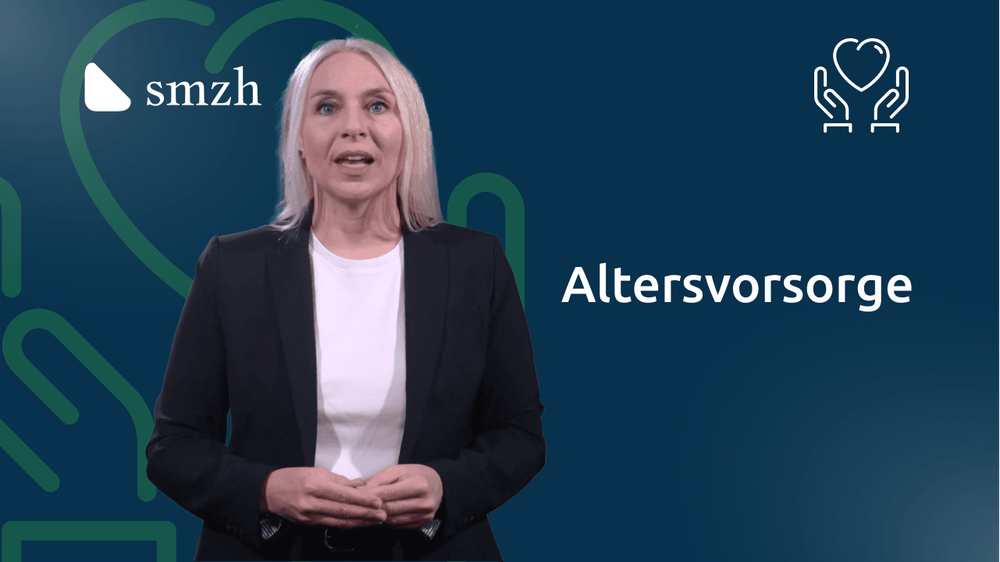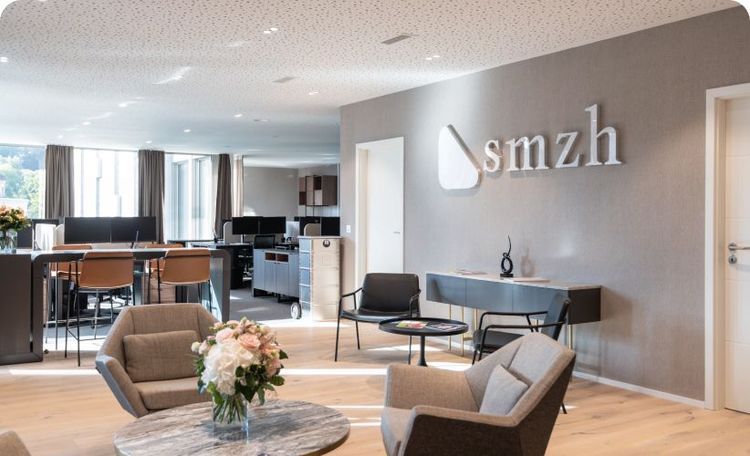Upon retirement, benefits from the first pillar (AHV) and the second pillar (pension fund) become available. Together, these two pillars form the financial foundation for your retirement and are designed to cover around 60% of your latest income. For a worry-free retirement, it is important to understand the different benefits and to plan how they can be combined to maintain your standard of living.

Our services are there to support you in planning your financial security in retirement – with a clear focus on the best possible use of AHV, pension fund, and further retirement provision options.

Determine your contribution period and calculate your expected pension.
Decision on early, standard, or deferred drawing of pension.
Analyze your pension fund statement: Understand the amount of your prospective annunity and your overall savings.
Decide on annuity, lump-sum payment, or a combination of the two.
Advice on the tax impact of a lump-sum payment and ways to reduce the tax burden.
Combination of AHV, pension fund, and other sources of income to ensure your standard of living.

Learn why voluntary saving for retirement is absolutely essential and how pillar 3a provides a tax-advantaged way to accumulate such savings. Moreover, we explain practical steps to analyze your financial situation and set savings goals as well as how you can take into account key aspects of diversification and risk assessment.
(in German)

In this video, Alf talks openly and honestly – and somewhat tongue-in-cheek – about his retirement provision. Take a look!
(in German)

Your advantages with smzh with regard to retirement benefits:
Personalized advice: Analysis of your AHV and pension fund benefits, tailored to your needs.
Clear explanations: smzh helps you clearly understand your pension fund statement and your pension entitlements.
Optimal decisions: Support in choosing between annuity and lump-sum withdrawals, as well as creating a tax plan.
Comprehensive planning: Integration of all income sources into a holistic retirement strategy.
Plan your retirement provision with smzh – with competence, certainty, and in a customized way.

Pension fund savings, built with contributions from employees and employers as well as interest income. These assets form the basis for retirement benefits of the 2nd pillar.
The rate at which retirement assets are converted into an annual pension. The conversion rate is defined by the pension fund itself and may vary.
The estimated pension based on retirement assets and conversion rate, paid annually or montly upon entering retirement. This number is listed on the pension fund statement.
The legally defined age at which insured individuals can start drawing a pension from their pension fund.
A set amount that is deducted from gross salary to calculate the salary subject to coordination that is relevant for pension fund contributions.
Term describing the assets that result upon leaving a pension fund and are transferred to a vested benefits account.
Describes the receipt of one's retirement assets in full as a one-time payment instead of a monthly annuity.
Option to receive one's retirement savings as a monthly or annual pension/annuity.
A fund that supports occupational benefits establishments (pension funds) in guaranteeing the legal minimum protection.
A technical interest rate is a discount rate used in pension funds and life insurance to calculate the present value of future liabilities.
The legally mandated interest rate that must be applied to the mandatory portion of retirement assets in a pension fund.
Benefits that go beyond the mandatory minimum defined by law and that are determined by the pension institution itself.
Benefits paid in the event of permanent disability as a result of sickness or an accident.
Pension fund benefits paid to surviving spouses or children in the event of death.
Retirement assets paid into a vested benefits account when leaving a pension fund (e.g., due to a change in jobs).
We handle questions such as those shown on the right on a daily basis. You don't need to deal with them by yourself – our 360° Check-Up is free of charge and non-binding.
The application should be submitted to the relevant AHV office no later than three to six months prior to the desired start of retirement. We can support you in submitting your application correctly.
The decision depends on your financial situation, your goals, and your risk tolerance. We help you find the best solution.
Deferring the start of your pension withdrawal by up to five years leads to a higher monthly payment. smzh shows you the effect of a deferral and supports you in planning such a step.
The pension fund statement includes details about your retirement assets and supplementary benefits such as disability or survivors' pension.
Yes, the benefits from AHV and pension fund are complementary and help protect your standard of living in retirement. We develop a holistic strategy for your retirement benefits.